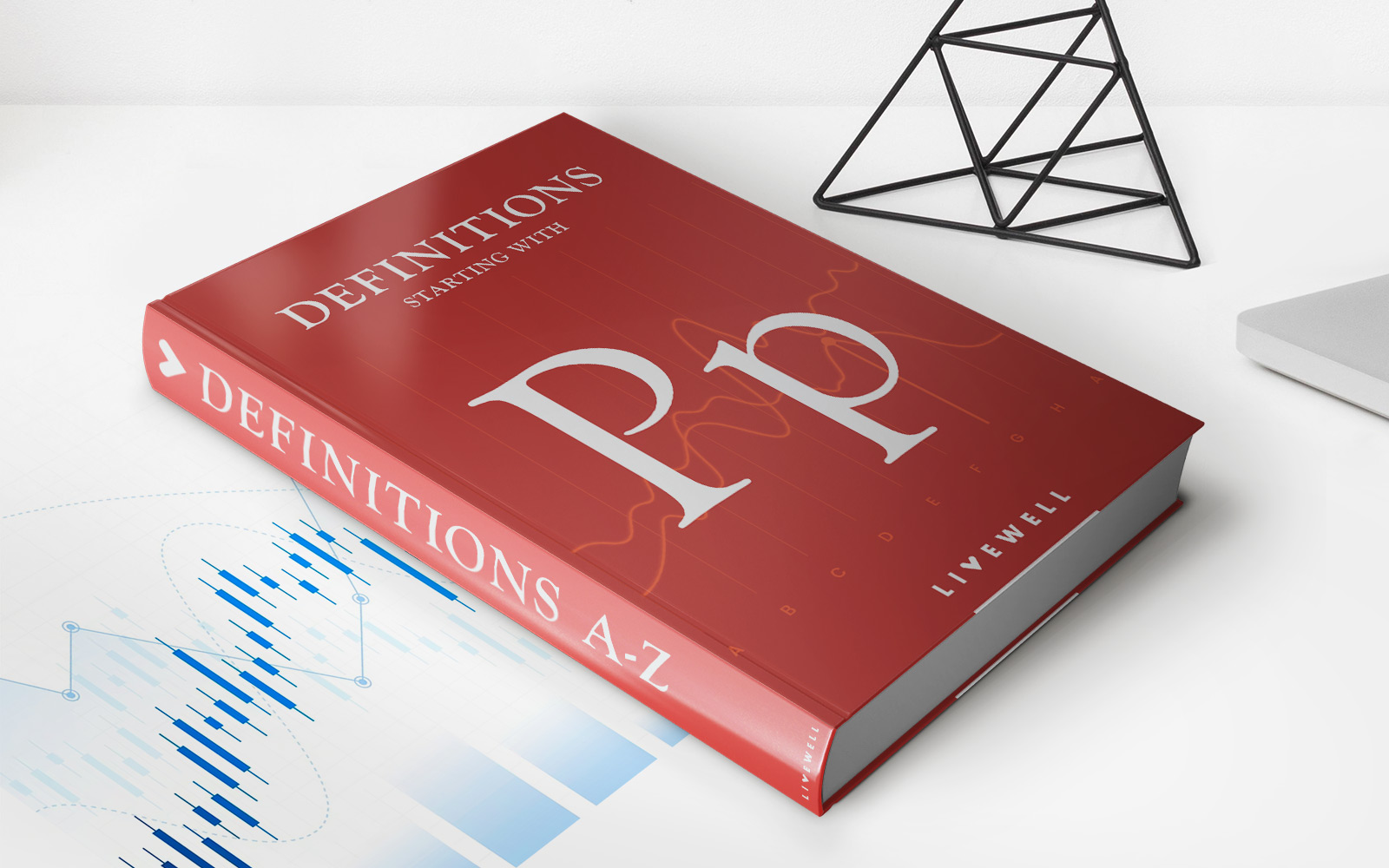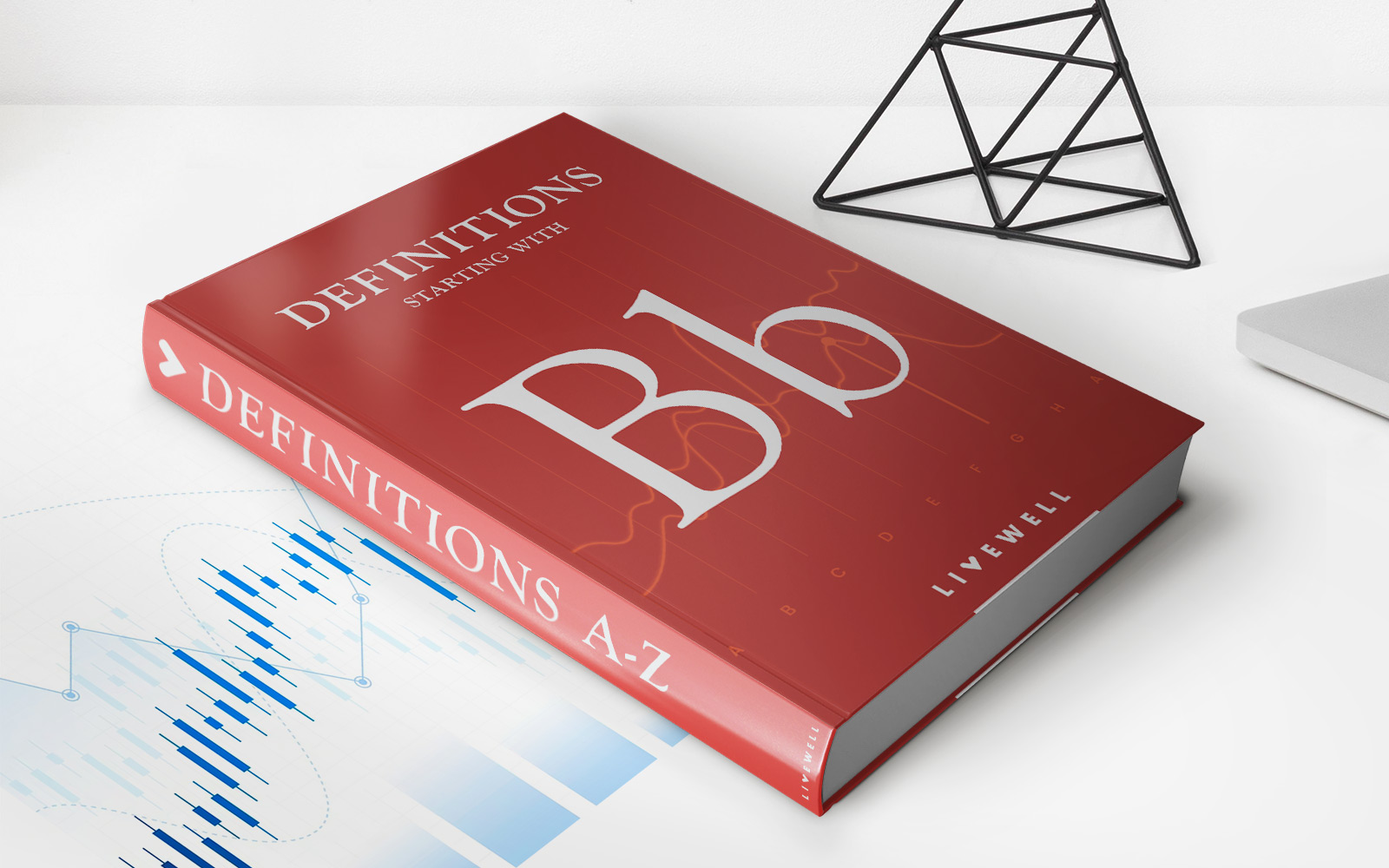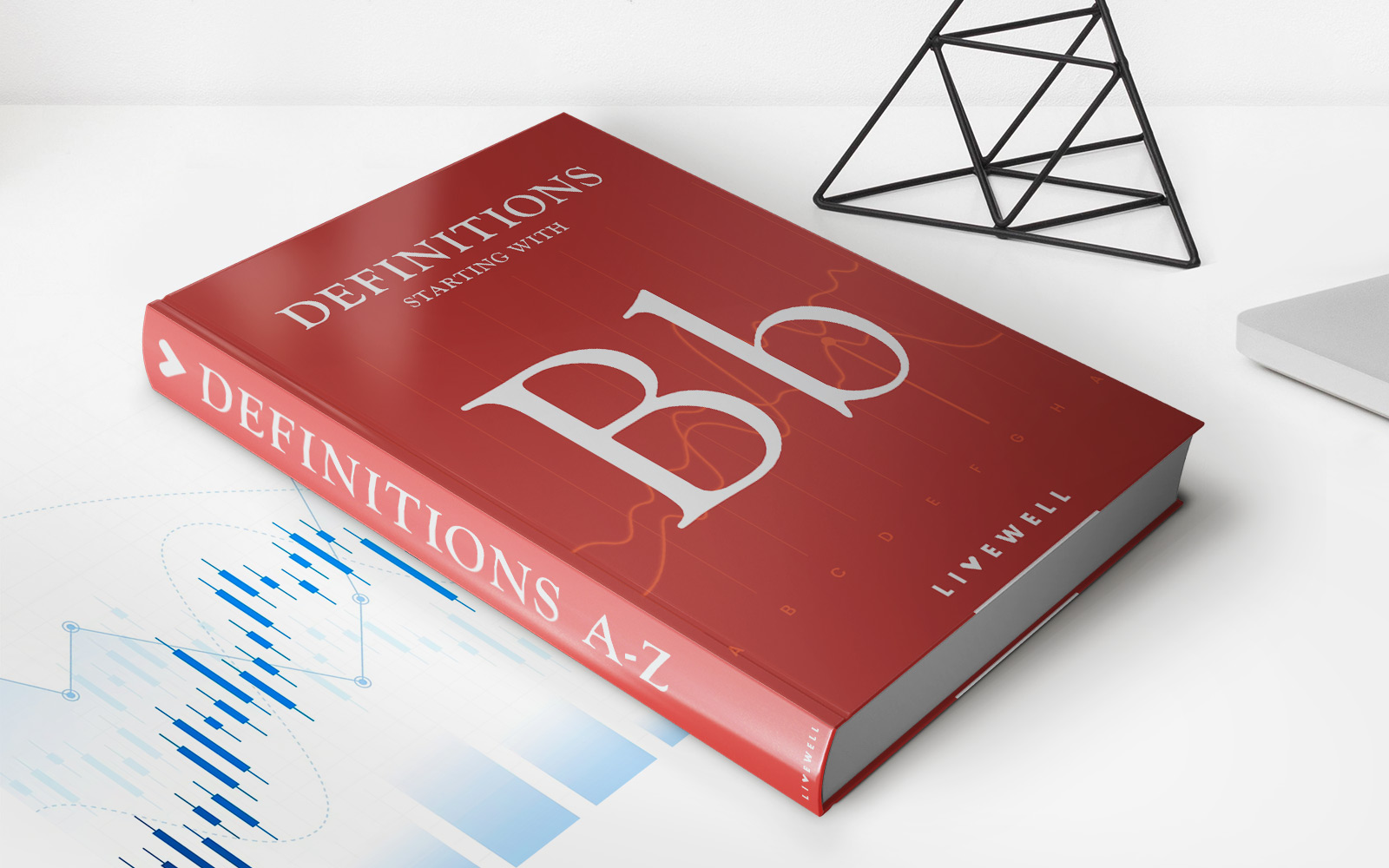

Finance
Alligator Spread Definition
Published: October 5, 2023
Learn the definition of the alligator spread in finance and how it can impact your investments. Discover strategies to manage risk and maximize returns.
(Many of the links in this article redirect to a specific reviewed product. Your purchase of these products through affiliate links helps to generate commission for LiveWell, at no extra cost. Learn more)
Alligator Spread Definition: Exploring a Powerful Financial Strategy
When it comes to financial planning, there are numerous strategies available that can help you achieve your goals. One such strategy that has gained popularity in recent years is the alligator spread. In this blog post, we will delve into the alligator spread definition, its benefits, and how you can effectively implement it in your financial planning.
Key Takeaways:
- The alligator spread is a financial strategy that involves taking advantage of both rising and falling markets.
- This strategy can be used to achieve higher potential returns while managing risk.
Understanding the Alligator Spread
The alligator spread is a financial strategy that takes its name from the way an alligator’s jaws open and close. Just like an alligator, this strategy aims to capture profits from both rising and falling markets. It involves two main components: buying call options and selling put options, simultaneously.
Let’s break down the alligator spread definition further:
- Buying call options: A call option gives the buyer the right, but not the obligation, to purchase an underlying asset at a predetermined price (the strike price) within a specified period. By buying call options, investors can benefit from price increases in the underlying asset.
- Selling put options: A put option gives the buyer the right, but not the obligation, to sell an underlying asset at a predetermined price within a specified period. By selling put options, investors can generate income and potentially profit from price decreases in the underlying asset.
The alligator spread combines these two options strategies in a way that allows investors to profit regardless of whether markets are moving up or down. This strategy can be particularly useful in volatile or uncertain market conditions, as it offers the potential for higher returns while managing risks effectively.
The Benefits of the Alligator Spread
Now that we’ve explored the alligator spread definition, let’s dive into its benefits:
- Profit from both rising and falling markets: The alligator spread allows investors to take advantage of price movements in both directions. Whether the market is going up or down, the investor has the potential to generate profits.
- Manage risk effectively: By combining buying call options with selling put options, investors can effectively manage their risk exposure. The potential losses from one side of the spread can be offset by gains from the other side.
- Increased potential returns: The alligator spread offers the opportunity for higher potential returns compared to traditional buy-and-hold strategies. With this strategy, investors can generate income from selling put options while also benefiting from price increases in the underlying asset through call options.
Implementing the Alligator Spread
Implementing the alligator spread requires careful analysis, knowledge of options trading, and understanding of market trends. It is recommended that individuals seeking to utilize this strategy consult with a financial advisor or an experienced options trader to ensure proper execution.
Here are a few steps to consider when implementing the alligator spread:
- Educate yourself: Gain a thorough understanding of options trading and the principles behind the alligator spread strategy. Familiarize yourself with the risks and potential rewards involved.
- Analyze market conditions: Determine whether the market is favorable for implementing the alligator spread strategy. Assess factors such as volatility, underlying asset trends, and market sentiment to make informed decisions.
- Select suitable options: Identify suitable call and put options that align with your investment goals and risk tolerance. Consider factors such as expiration dates, strike prices, and liquidity when selecting options.
- Monitor and adjust: Regularly monitor the performance of your alligator spread and make necessary adjustments based on changing market conditions. Be prepared to manage potential risks and take profits when opportunities arise.
Conclusion
The alligator spread offers investors a powerful financial strategy to profit from both rising and falling markets. By combining buying call options and selling put options, individuals can effectively manage risk while potentially achieving higher returns. However, it is essential to educate yourself, conduct thorough analysis, and seek professional advice before implementing this strategy. With careful execution, the alligator spread can become a valuable tool in your financial planning arsenal.














